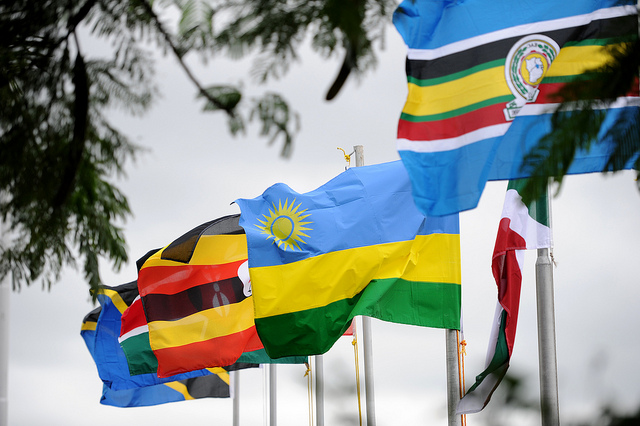East African Community common currency has long been waited by the people. Unfortunately, dreams and hopes to achieve it seems to fade away as the entire plan is projected to take much longer to come to reality.
The establishment of the EAC common currency will now be achieved by 20231 following revised timelines set out in the EAMU roadmap.
According to a communique issued during the closure of the 26th ordinary meeting of the East African Community (EAC) Monetary Affairs Committee (MAC) held in Bujumbura, Burundi last week, the Committee, however, reaffirmed their commitment to work together and with the EAC Secretariat to fast-track implementation of activities in the revised EAMU roadmap.
“ EAC Partner States’ Central Banks have made significant strides towards the establishment of key institutions of the East African Monetary Union (EAMU), harmonization of monetary and exchange rate policies; harmonization of regulatory frameworks; implementation of measures to strengthen regional payments systems; enhancement of cyber security frameworks; capacity building in AML/CFT and Risk Management for Partner States Central Banks; and promoting cross-border payments,” the communique said.
The meeting was chaired by Hon. Dieudonné Murengerantwari, Governor of the Bank of the Republic of Burundi and current Chairperson of MAC. It was the first physical meeting since 2019, as 2020, 2021, and 2022 meetings were held virtually due to COVID-19 restrictions.
It was held against a backdrop of continued inflationary pressures, tightening financial conditions, vulnerabilities arising from the war in Ukraine, unfavorable weather conditions, and other emerging risks.
The Committee noted that economic performance in the EAC region in 2022 remained strong, recording GDP growth of 4.5 percent. This performance was supported by solid growth in industry and services sectors following the easing of COVID-19-related restrictions, global supply chain constraints, and continued public investment.
It further noted that growth in the region is expected to improve, supported by a recovery in agriculture, continued strong performance of the services sector, and prudent monetary and fiscal policies.
“Downside risks remain elevated due to weak global growth, tightening global financial conditions, protracted geopolitical tensions, climate change risks,, and volatile commodity prices,” the communique says


